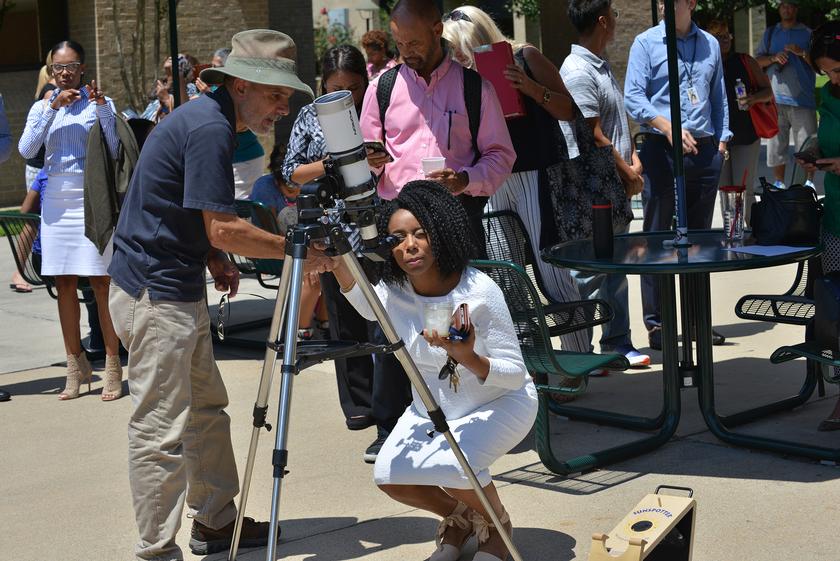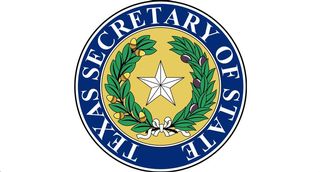- Sections :
- Crime & Public Safety
- Restaurants & Food
- Sports
- More
Lone Star College offers expert solar eclipse tips

HOUSTON, TX -- The National Aeronautics and Space Administration (NASA) reports a total solar eclipse will cross over North America, passing over Mexico, the United States (entering in Texas and traveling through Maine) and Canada Monday, April 8. The Houston area, including Lone Star College, will experience a partial eclipse starting around 12:20 p.m., barring clouds or inclement weather.
“A total eclipse occurs when the moon crosses directly in front of the sun and completely covers the disk and the path of the shadow is called the path of totality,” said Katherine Keilty, Ph.D., LSC-Kingwood physics professor and physical sciences chair. “In Houston, we will be outside the path of totality and will only see a partial eclipse when the moon crosses directly in front of the sun without completely covering the disk.”
The Earth-Moon-Sun alignment makes about 4-6 solar and lunar eclipses per year during the eclipse season. A total eclipse is the only time the public can safely see the sun’s outer atmosphere, called the corona. Community members can view the partial solar eclipse (weather permitting) April 8 from 12:30-2:30 p.m. at LSC-Kingwood.
“Humans have studied these episodes to observe the sun and moon to predict solar eclipses for millennia,” said Keilty. “It is a wonderful experience to see a total or partial eclipse with our own eyes and not just an image in a textbook.”
In the Houston area, the partial eclipse will start at 12:20 p.m. and end at 3 p.m., with the peak time occurring around 1:40 p.m. Although viewers will not see a completely dark sky like Austin, Dallas and San Antonio, the sun’s disk will be covered at 95%, showing a definite shift in the sunlight. There should be a noticeable temperature drop.
NASA experts recommend people follow necessary safety precautions before heading outside to view the partial eclipse.
- Purchase glasses that have an ISO 12312-2 standard. Glasses are sold at various locations but be aware of counterfeits if shopping online.
- Solar eclipse glasses are not regular sunglasses, which you should never wear to look at the sun.
- Test your glasses inside. If you can see anything or if it’s like looking through sunglasses, they are not dark enough to use.
- People should not use eclipse glasses with telescopes, cameras or binoculars.
- If you don’t have glasses, you can make a pinhole projector to view the solar eclipse indirectly. You can use a card with a small hole punched and paper or another flat surface to project an image of the eclipsed sun onto paper.
“I recommend going outside, with your solar eclipse glasses or self-made projector, between 1-1:30 p.m. because even a partial eclipse is an unforgettable experience,” said Keilty. “I strongly encourage you to observe your safety. While it may ‘feel’ less bright, even a few seconds of direct exposure to sunlight can damage your eyes.”
Astronomers use solar eclipses to record data about the sun’s corona and figure out its heating mechanism. This year, they will take measurements to determine the sun’s size with greater precision. The next total solar eclipse to cross across the continental United States will happen Aug. 12, 2045. Learn more or view other safety tips at Science.NASA.gov/Future-Eclipses.
Lone Star College offers an associate of science degree for students interested in registering for physical science courses, including chemistry, environmental science, Earth sciences, geology, physics and the solar system. Learn more at LoneStar.edu/Programs-of-Study/AS-Requirements.

















